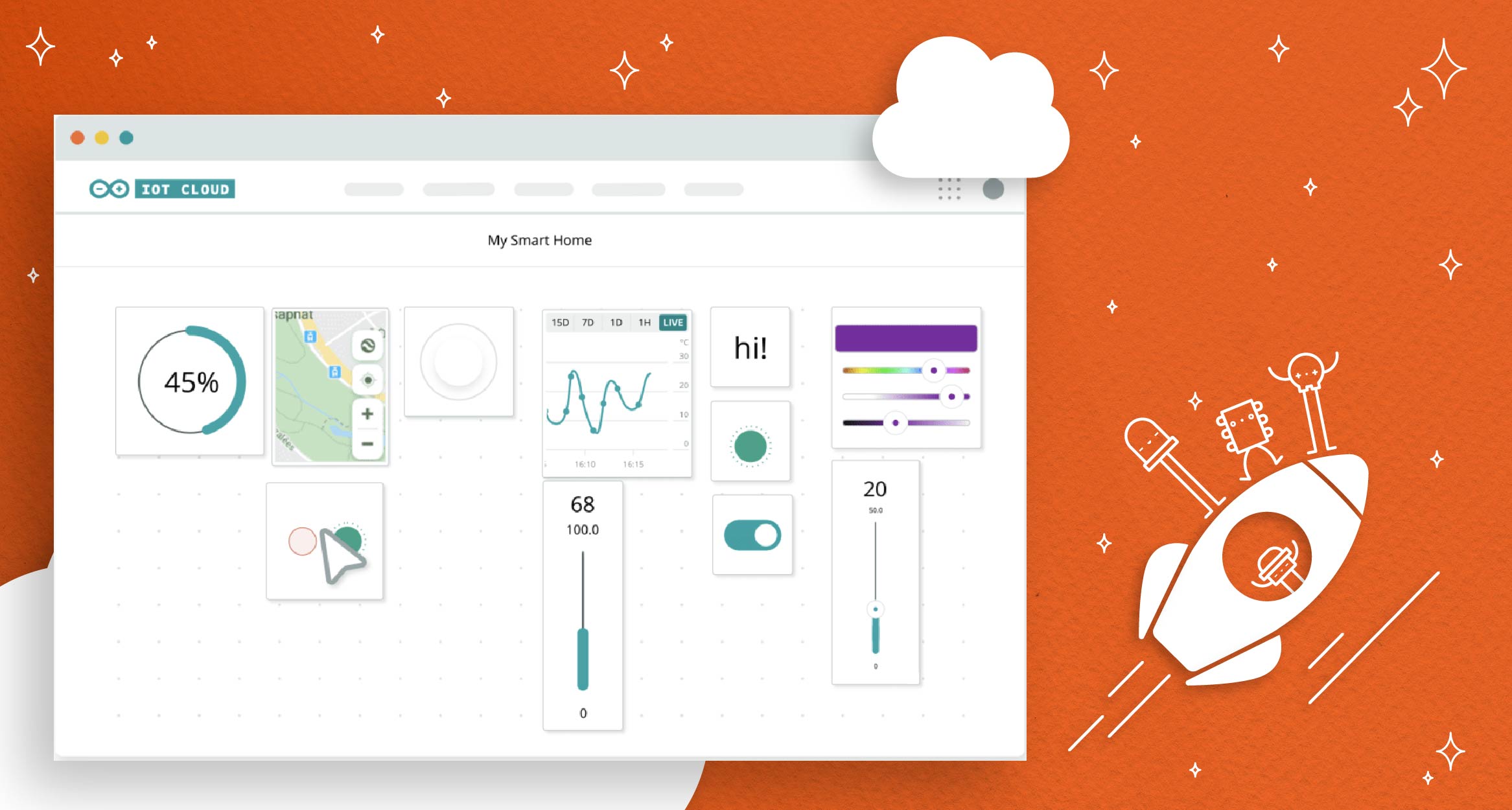
The COVID-19 pandemic lockdowns in 2020 and 2021 meant that many countries’ education systems used (and continue to use) hybrid teaching methods which rely heavily on online platforms, particularly the Cloud.
This was a significant shift that has led to the integration of Cloud-based tools and applications in education, even in face-to-face classes. From data storage to virtual classrooms, the Cloud has made distance learning more accessible and learning in general more interactive. So, where could education go from here?
8 ways Cloud technology could transform education
Cloud technology is transforming and is set to transform education in many ways. It makes distance learning more convenient and accessible, which includes asynchronous learning. Here are some of the ways Cloud technology could transform education for the better.
1. Significant reduction of infrastructure costs
Schools can accommodate more students without the need for constructing new classrooms. Hybrid classes can be designed in such a way that would maximize the number of hours and number of students.
Classes could be scheduled combining face-to-face lectures and virtual room lectures, making it more convenient for students who may not be able to attend in-person classes.
2. Distance collaboration
Students could collaborate with each other on class projects without the need for physically meeting. This is a great convenience for students who are separated by significant distances. They can work on the same projects, whether in real-time or asynchronously. Similarly, teachers can check and make suggestions regarding class projects from wherever they are.
3. Secure data storage backups
School records, including student databases, can be securely backed up using Cloud technology. Schools can subscribe to highly secure Cloud systems to ensure the safety of school records. Fire, earthquake, extreme weather, and other disasters can permanently damage school records if they are only stored in paper filing cabinets and school computers. Cloud storage provides a more secure and accessible data backup.
4. Access to vast amounts of educational material
Updated journals, books, lectures, research papers, slides, and other educational materials can be uploaded to the cloud and accessed by students and teachers. It minimizes the need for building expensive libraries and buying expensive books. Students can easily access the reference materials that they need using their mobile devices.
5. Scalable systems
Almost all aspects of education can benefit from the use of Cloud systems. These include class instructions, class projects, class records, and reference materials. All of these are easily scalable with the use of Cloud technology.
You can expand your school’s services through the use of virtual platforms for both academic and administrative purposes. For instance, instead of queueing during enrolment, students can simply register online and choose their courses.
6. Minimal hardware requirements
Cloud platforms offer various applications that would require fast processing capacity and large memory data storage. If you install these applications, it consumes significant space in your hard drive and would require high capacity hardware. However, you do not have to install the software applications. The servers will store and run them for you, and hardware requirements are minimal - so there’s no need for expensive hardware updates.
7. Flexibility of use
Cloud platforms offer a wide range of services, software applications, and customisable solutions. Your school can have flexibility of use in terms of educational and administrative needs. Full backup facilities can all be migrated to the Cloud.
8. IoT connectivity
The internet of things (IoT) in your school can be fully integrated using Cloud services. You can monitor security CCTV and alarm systems via mobile devices from anywhere in the world, programming class bells and announcements, for example. You could even program the robotic vacuum cleaners in the classrooms. The possibilities are limited only by the available IoT systems.
The Arduino Education Cloud
Do you use Arduino in your classroom? If you’re an educator managing a group of students, you can set up a virtual shared space called the Arduino Cloud - think of it like a digital classroom. In this shared space, you can see all the kits you have registered and add courses and lessons for your students to do. The space is compatible with all Arduino Education kits, and you can share your lessons via Google Classroom.
The main benefit of using this shared space is easy access to all your content and lesson plans for both you and your students. You can share your courses with any number of people and switch between them at any time.
The ‘educator’ version of the online content includes educator tips, logbooks, and more.
Find out more about the Arduino Cloud.